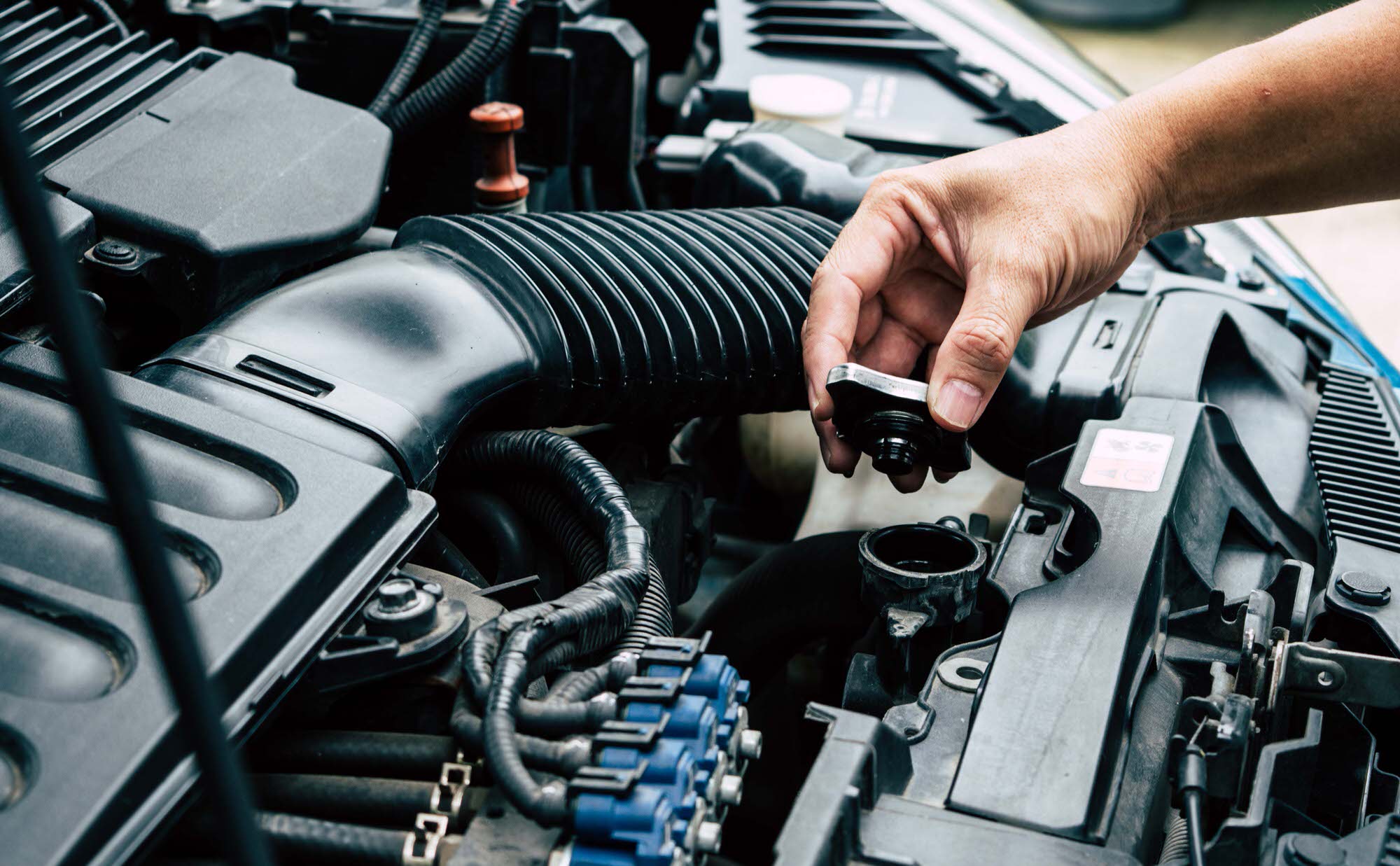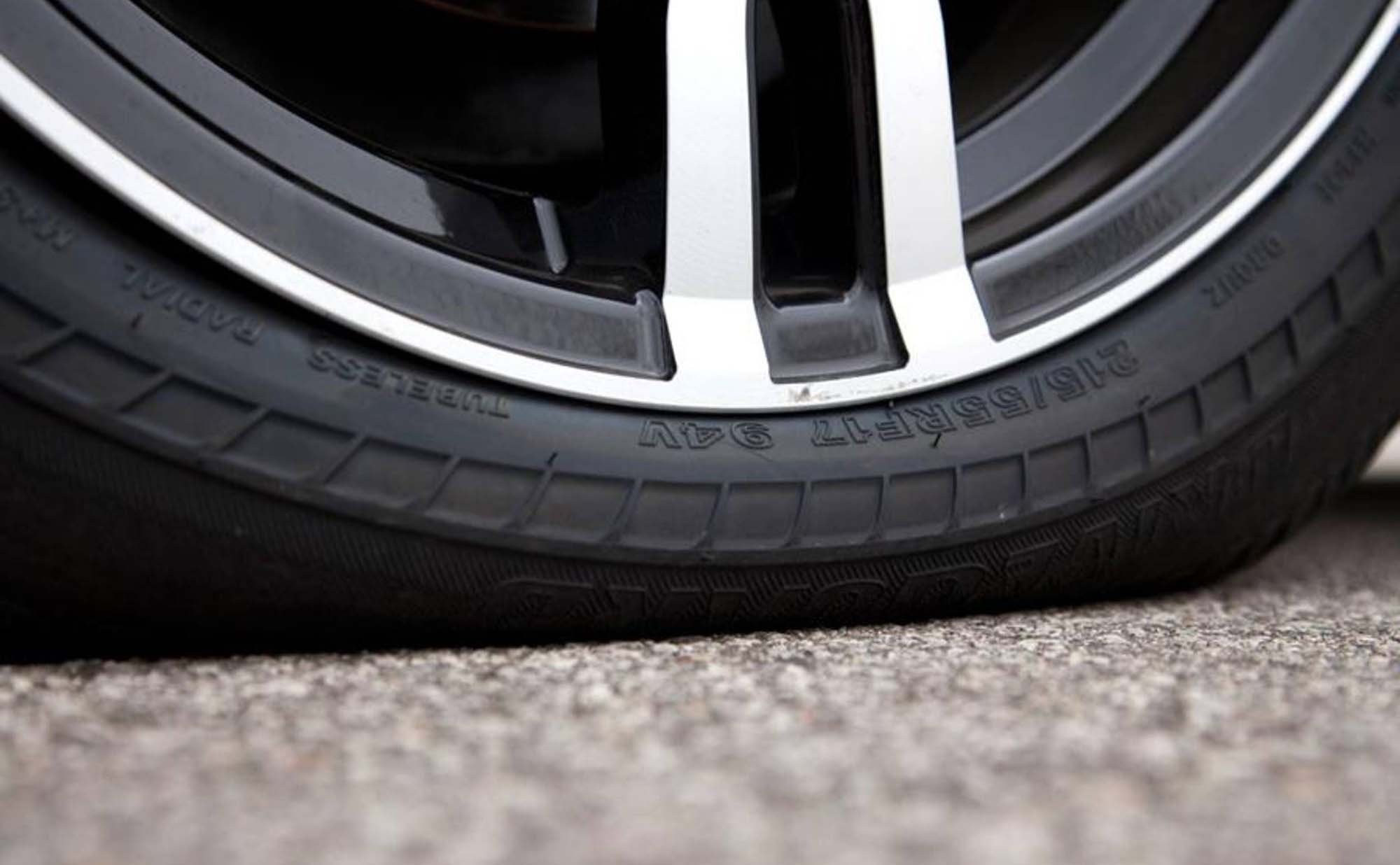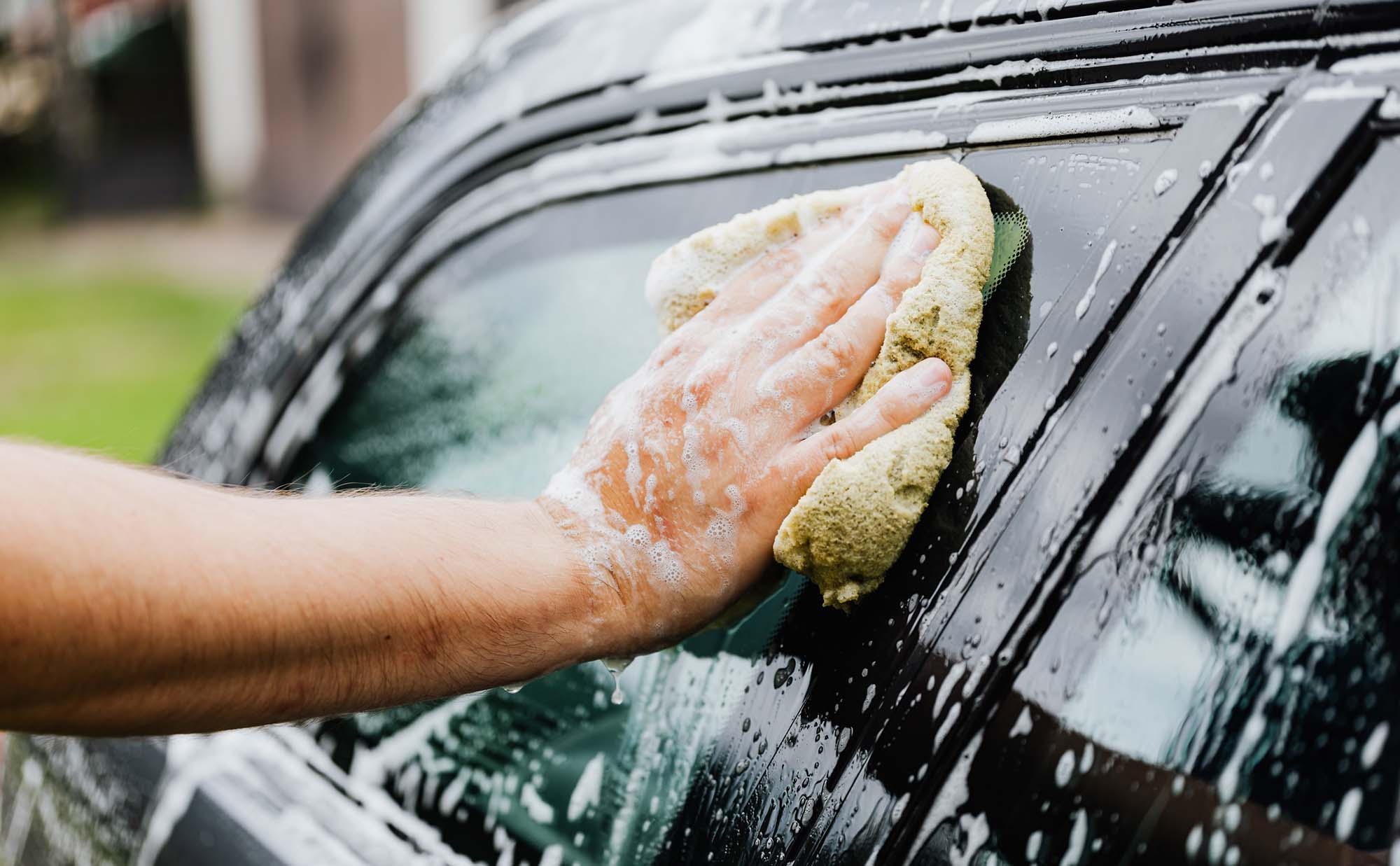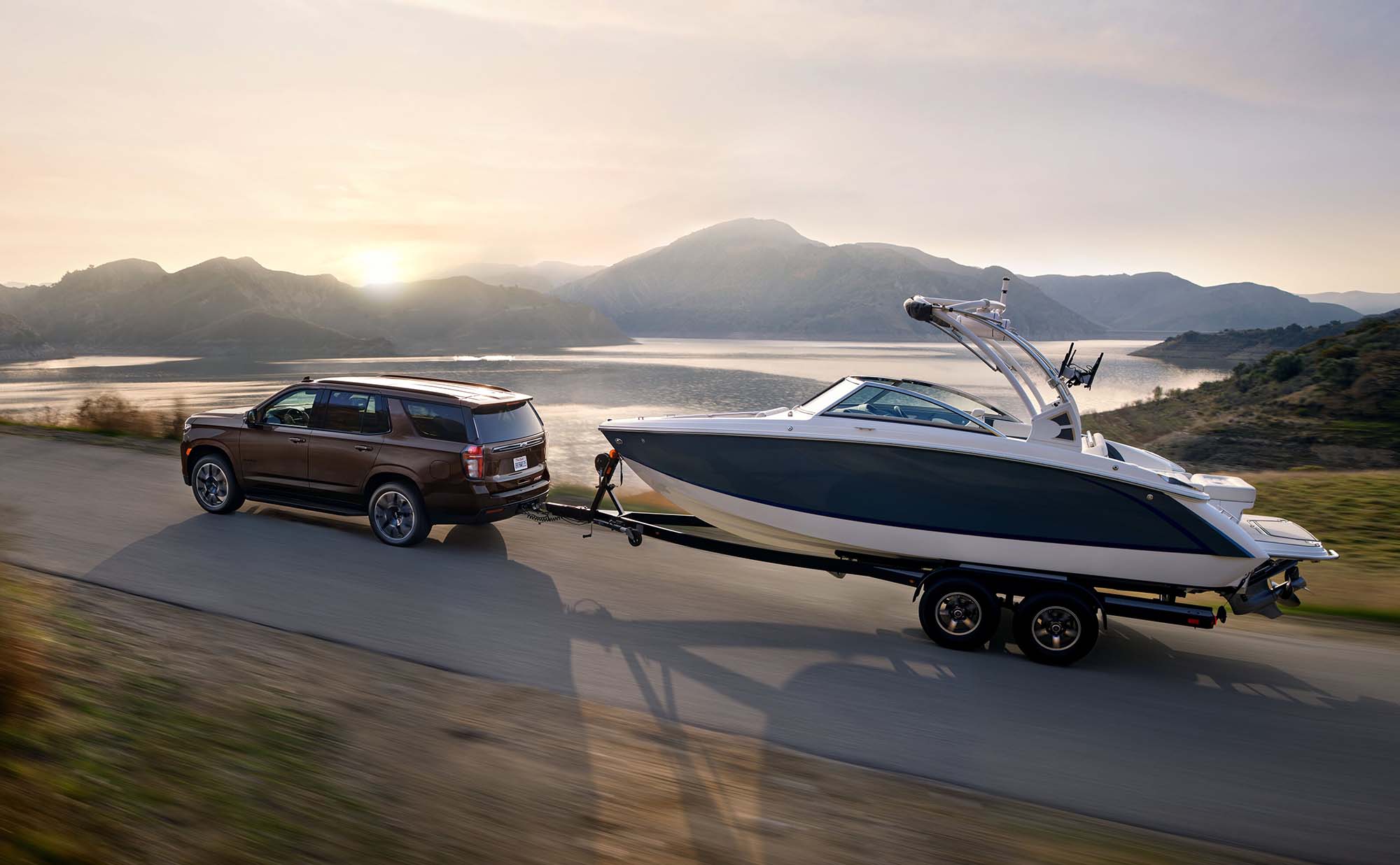Run flat tires are all the rage, but they aren't right for everyone (or every vehicle). Here is a list of the pros and cons, so you can make an informed choice.
Back in the day, buying a used car often represented a leap of faith and a measure of good luck. Sometimes you ended up with a reliable automobile and years of worry-free driving.
Sometimes you did not.
Today, thanks to advances in quality, design and safety coupled with better consumer-protection laws and vehicle history reports, used vehicles can provide years of problem-free driving.
If you decide to buy a used car, there are definite advantages. But consumers still need good information if they are to make an informed decision.
Here are 10 top tips for the used car buyer:
1. Keep your ear to the ground. Word of mouth can be very valuable when you are looking for a used car. Someone may have an elderly relative with a mint-conditioned car in the garage that you can have for a song. If you’re not picky, these often make the best deals, since sellers may not know the exact market value of their vehicle, or may not be motivated to go through the tedious rigmarole of prepping their vehicle for sale. Looking for something more official? See tip #5.
2. Check out Consumer Reports or Lemon-Aid. Auto journalist reviews, blogs, and forums are all at your fingertips online. These resources will yield a wealth of information on any make, model, and brand. Knowledge is power when it comes to negotiation and finding good value.
3. Consider all operating costs. In addition to the cost of borrowing (if you plan to finance the vehicle), be sure to include insurance, fuel and maintenance costs, the cost of replacement parts, depreciation, and the resale value. Not sure if you might be buying a money pit? Come in for a consultation!
4. Compare prices. If a vehicle is priced too high or too low, find out why. Some vehicles are priced low because they require higher maintenance costs, and some fuel-efficient vehicles command higher prices because their maintenance costs are low.
5. Compare the manufacturer’s certified pre-owned programs. These manufacturer-sponsored refurbishment-and-warranty programs are available at new-car dealerships and cover items such as the powertrain, roadside assistance, and a vehicle history report, to name a few. Each program is different, so you’ll need to research them carefully.
6. Consider recalls. Recalls are not confined to a single make or model; all automakers experience recalls and these incidents tend to attract a lot of negative press. But vehicles that have had recall issues addressed are safer and more efficient to drive, and less prone to mechanical failures. If there is a pattern of recalls for a specific model, there may be deeper problems and you may want to get a second opinion.
7. Take a close look. Used cars are like snowflakes: no two are exactly the same, so scrutinize each one carefully. Look for paint overspray on door seals, mufflers, and wheel-well liners — a sure sign of collision repairs. You may find shattered glass fragments under the seats. A mildew smell indicates a stubborn water leak. Fresh undercoating may be masking recent structural repairs. Lit warning lamps may be a portent of expensive engine repairs. This brings us to:
8. Get help. Don’t be shy about asking friends or relatives for their opinions. Consumers can get a lot of great information online, but word of mouth is still hugely relevant. You will gain a better understanding of a particular make and model based on candid feedback from a network of friends and car enthusiasts. When it comes to the car’s mechanics, do not skimp, bring the car in for a purchase inspection for a professional opinion. It will save you money in the long run and can help give you ammunition for negotiating a lower price as well.
9. Find the skeletons in the closet. CarFax, CarProof, and AutoCheck history reports recognize rebuilt or salvaged vehicles, but beware: they may not disclose collision repairs if the previous owner chose to do them without going through their insurance — and up to half of all collisions go unreported. Use the VIN number to search provincial records and ask your insurance agent to do a history search, too. While you’re at it, find out how much it costs to insure your model. A steep premium may compel you to look at something else.
10. Drive a hard bargain. Using everything you have learned from the tips above, you will be able to negotiate a fair price for the used vehicle you have your eye on. Once you have compared prices, know the car’s history, and have the purchase inspection report, you have all the information you need to get the price you want for the car. Don’t be afraid to share all of the info you have gathered and make your case; A thorough and thoughtful customer is pretty hard to argue with.




